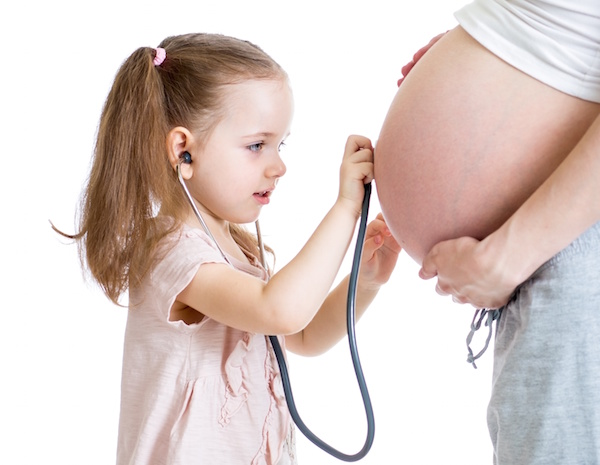
THURSDAY, May 17 (HealthDay News) — Drowning kills more American children 1 to 4 years old than any cause except birth defects, according to a new federal report.
Half of those children drown in swimming pools. And males are victims four times as often as females, the report by the U.S. Centers for Disease Control and Prevention found.
Between 2005 and 2009, more than 3,800 people of all ages drowned annually nationwide. Another 5,700 people went to the hospital in near-drowning incidents. Of these, 50 percent were hospitalized or transferred for additional care, the report authors said.
Many who survived suffered irreversible brain damage, said report co-author Dr. Julie Gilchrist, a medical epidemiologist in the CDC’s Division of Unintentional Injury Prevention.
Precautions that parents can take include blocking access to swimming pools, increasing vigilance and starting swimming lessons, experts said.
There’s good research that swimming lessons for kids 1 to 4 can be lifesavers, Gilchrist said. “It would be really nice for children to have the skills so they can manage themselves in the rare event that they end up in the water and survive long enough so parents can find them and get them out,” she said.
In many cases involving home pools, parents are unaware that their child has sneaked out of the house, Gilchrist said. “That’s why you have to have barriers, something that will slow down your child’s access to the water,” she said.
The report was published in the May 18 issue of the CDC’s Morbidity and Mortality Weekly Report.
Here are some tips from the American Academy of Pediatrics:
- All caregivers should learn CPR.
- Never leave a toy in or around a pool.
- Never leave a child alone in or near a pool.
- Make sure an adult is always within arm’s length.
- Children ages 1 to 4 years old should take swimming lessons. But remember that teaching children to swim does not guarantee their safety in the water.
- Teach children to never run, push or jump on others around water. Teach them never to swim alone.
- Keep a phone by the pool, along with rescue equipment, such as a life preserver and a shepherd’s hook — a long pole with a hook at the end.
- Pools should be surrounded by a fence at least 4-feet high. Pool gates should self-close and self-latch at a height unreachable by small children.
- If you have an inflatable or plastic pool, empty it after each use and turn it upside down.
More information
For more on drowning prevention, visit Safe Kids USA..

